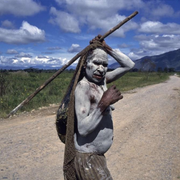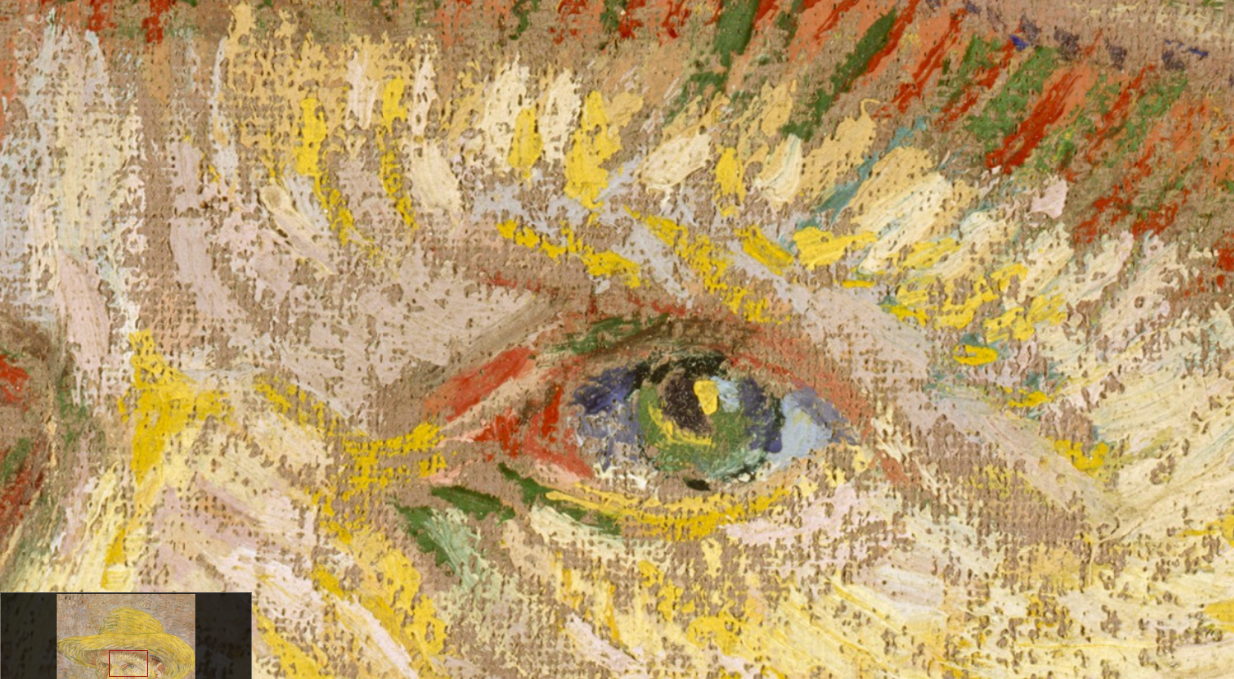Millions of high-definition images you can use in your work
Subject: Arts and humanities
The JSTOR collection now allows you to search for text and images at the same time.
Find photographs, works of art, maps and architectural plans, and include them in your work, citing the source.
The images include 130,000 photographs from the Magnum Agency and works from the Louvre Museum
JSTOR is an international collection of digitized journals and books on the humanities and social sciences, containing old issues dating back to the early 19th century as well as more recent ones. Its extensive range makes it a good starting point for finding information for a task or activity, performing retrospective searches, and analysing the development of a topic over time.
And apart from all this, the collection will now also be including high-definition images provided by international galleries, archives, libraries and museums. This content is currently part of Artstor, and will be fully integrated into JSTOR in the future.
The images involved amount to 2.5 million high-definition images from various disciplines, including graphic design, art, fashion and science. You can download them in JPG format and include them in your academic papers and articles, as long as you cite the source. Here's how.
Some examples

Explore the history of photography since it was invented, with works by Henry Fox Talbot and Louis Daguerre, to the zenith of photojournalism and documentary photography, from Henri Cartier-Bresson to Susan Meiselas.

Take a look at the series by the French photographer Patrick Zachmann, which documents the fire and the subsequent reconstruction of the Notre-Dame Cathedral in Paris. There are photographs of centuries-old oaks being cut down in order to restore the spire and the transept of the Gothic building.

Enjoy the portraits by Guy Le Querrec, a photographer renowned for his documentary images of jazz musicians. The lens of his camera captured leading artists including Miles Davis, Nina Simone and Ella Fitzgerald.

Explore various locations with 750 photographs by the artist and art historian Barbara Anello, showing you the architecture, art and culture of Southeast Asia and Morocco.

Browse works by dozens of international museums and from art collections including the Museum of Modern Art (MoMA), the , the National Gallery, the Smithsonian American Art Museum and the national museums of France's Réunion des Musées Nationaux (RMN) including the Louvre Museum and the Musée d'Orsay.

Discover the MoMA's collection of works in the fields of architecture and design, most of which have never been published or exhibited, which are highly valuable for students and academics.
How does it work?
- When you search for a term in JSTOR, you will automatically retrieve related images as well as journals, books, and articles. Click on the Images tab if you only want to search for content in that format. Try typing "blue Van Gogh", for example.

- You can also browse image collections on a specific topic or institution, such as photographs showing the evolution of an advertising department.
- You will have a personal workspace inside JSTOR to store your favourite images, where you can create folders to arrange them and then share them.

- If you want, you can enlarge the images to see them in the finest detail.

How can images be used in learning?
Here are some examples of how faculty and research staff at various universities have used the images:
- To analyse the relief of Trajan's Column in Rome.
- To explain the history of puppets.
- To analyse the gender artists have used to represent concepts such as time, death, and freedom depending on the grammatical gender of the language they spoke.
If you have any questions about these journals, you can contact the Library via The Library Replies.
Experts
Bárbara Badell
Operative subgroup: Librarian for Arts and Humanities, vocational training Operative group: Library for Learning



